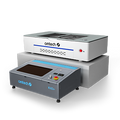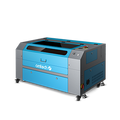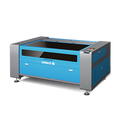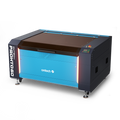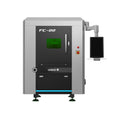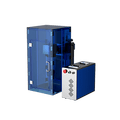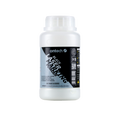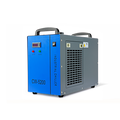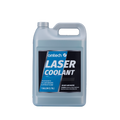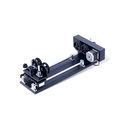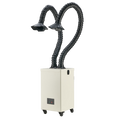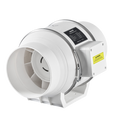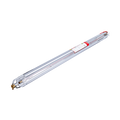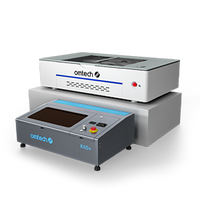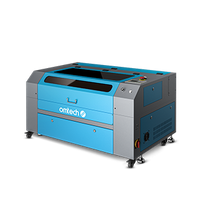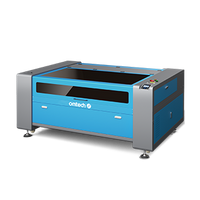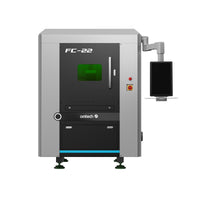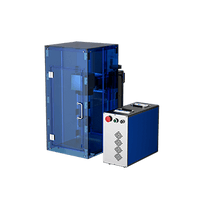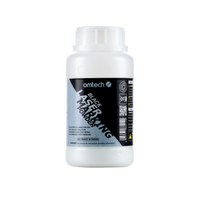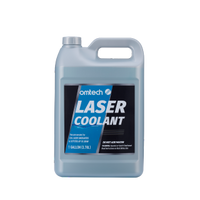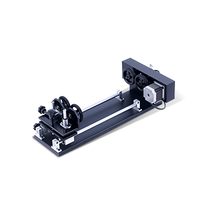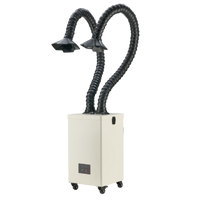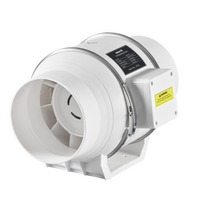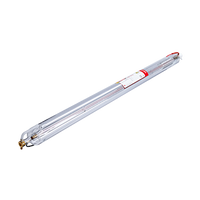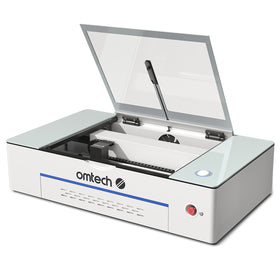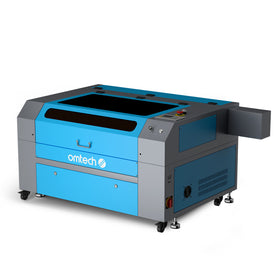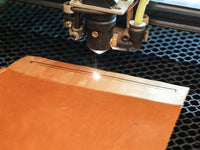Handling Laser Accidents: Quick Response & Must-Have Safety Kits
With a laser engraver, you have endless creative ideas at your fingertips and the potential for turning them into precise reality. But let’s keep it honest; it’s a machine directing terrific levels of concentrated light with the potential to cut through wood, metal, and plastic. Accidents don't happen often, but when they do, you need to be prepared. This guide walks you through the key steps to take in case something goes wrong.
Potential Laser Hazards: Common Laser Injuries
The most common types of laser-related injuries to look out for are:
• Skin burns caused by direct exposure to the laser beam
• Eye injury from reflections and stray beams - it takes only a momentary flash
• Minor cuts and abrasions from moving too quickly or mishandling materials close to the laser
You should treat lasers like a hot stove: it's okay until you lose track of your hands! Knowing what can go wrong is the first step in staying safe.
Create Your Laser Safety Kit: What to Keep Handy
A good laser first aid kit is not simply a nicety; it is part of your workspace, as is your gloves and goggles. Here is something you should have on-hand and stocked:
• Burn dressings and sterile gauze - To cover and protect burned skin.
• Burn cream or gel - Will cool the skin and reduce damage after exposure.
• Bandages and adhesive tape - For quick fixes of minor nicks and cuts.
• Eye wash solution or sterile saline - Critical if the beam goes into your eye.
• Safety goggles or shields - The first responsibility during operation.
• Disposable gloves - For clean and hygienic wound care.
• Emergency instructions - Laminated card with simple steps and numbers to call in an emergency.
Having these items close at hand makes you better prepared in the event of something happening. Don't just toss the kit in a drawer, but keep it out in the open.
Burned or Cut? Here’s What to Do First
If someone gets burned during engraving, the most important thing is to act fast and stay calm. Follow these steps:
- Turn off the laser and unplug it to stop further harm.
- Rinse the burn gently with lukewarm water. Skip the ice—it can do more harm than good.
- Apply burn cream or gel to the area.
- Cover it with sterile gauze to protect the wound from dirt and bacteria.
- Call for medical help if the burn is large or looks severe.
For small cuts or scrapes, clean the area with antiseptic, slap on a bandage, and keep it clean and dry. When in doubt, get it checked out by a doctor—better safe than sorry.
What to Do if a Laser Hits the Eye
Laser eye injuries are serious business. Even a brief glance at a reflected beam can cause lasting damage. If you or someone else gets hit, do the following immediately:
- Power down the machine.
- Don’t rub the eye—it can make things worse.
- Rinse gently with clean water or saline.
- Cover the eye with a clean cloth or eye patch.
- Seek professional medical help ASAP.
Think of your eyes like delicate camera lenses—any damage needs expert inspection.
When Accidents Happen Mid-Job
Sometimes things go wrong even when you’re doing everything right. If there’s an accident while the machine is running, here’s how to handle it:
- Stop the machine and clear the area.
- Use your first aid kit immediately based on the injury type.
- Call emergency services for anything beyond a minor burn or cut.
- Log the incident and review what happened to prevent it in the future.
- Reach out to a safety expert if you’re unsure what to do next.
Responding quickly not only protects your health but also helps maintain a safe, professional workspace.
Preventing Accidents is Better Than Fixing Them
We all have heard the saying "an ounce of prevention is worth a pound of cure," and it couldn't be more true when it comes to lasers. Below are the ways to keep a handle on safety before anything happens:
• Always wear protective equipment, especially goggles and gloves.
• Keep your first aid kit stocked and accessible.
• Regularly check your machine for beam alignment and condition.
• Have your team or yourself engage in regular training and drills on safety.
• Utilize manufacturer's safety guidelines to the fullest.
Laser work can become second nature as time goes on, just don't let routine get to be careless.
Conclusion: Your Safety is the Basis of Your Creativity
It is amazing what you can create with laser machines—from custom sign-making to precision parts cutting. But every potential project depends on a single factor - that is for you to be safe.
You can have a fully stocked laser first aid kit, and know what to do in case of an injury, and will be ready to take on anything. Protect your space, protect yourself, and keep the ideas coming without pause.
Frequently Asked Questions
Q: What should I have in a laser engraving first aid kit?
A: You will want burn dressings, gauze, burn gel, adhesive bandages, eye wash, gloves, and an emergency instruction card. These tools will give you a basic set of responses to common injuries as well as help minimize the long-term damage.
Q: How do I treat a laser burn?
A: First, stop the machine. Then, rinse the burn in lukewarm water – do not use ice. Then, put on the burn cream, cover it with sterile gauze, and get medical assistance if the burn is serious or covers a large area.
Q: What do I do if I have a laser eye injury?
A: Stop the machine immediately. Do not rub your eye! Rinse the eye gently with sterile saline, cover it and get to an eye specialist as soon as possible. Even very limited eye exposure to a laser can produce considerable damage if not treated immediately.



